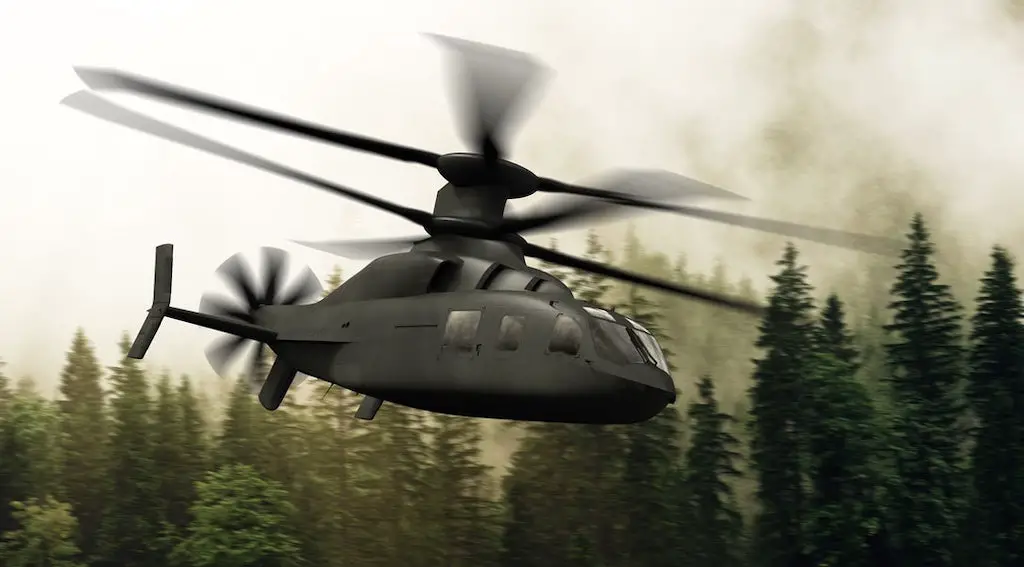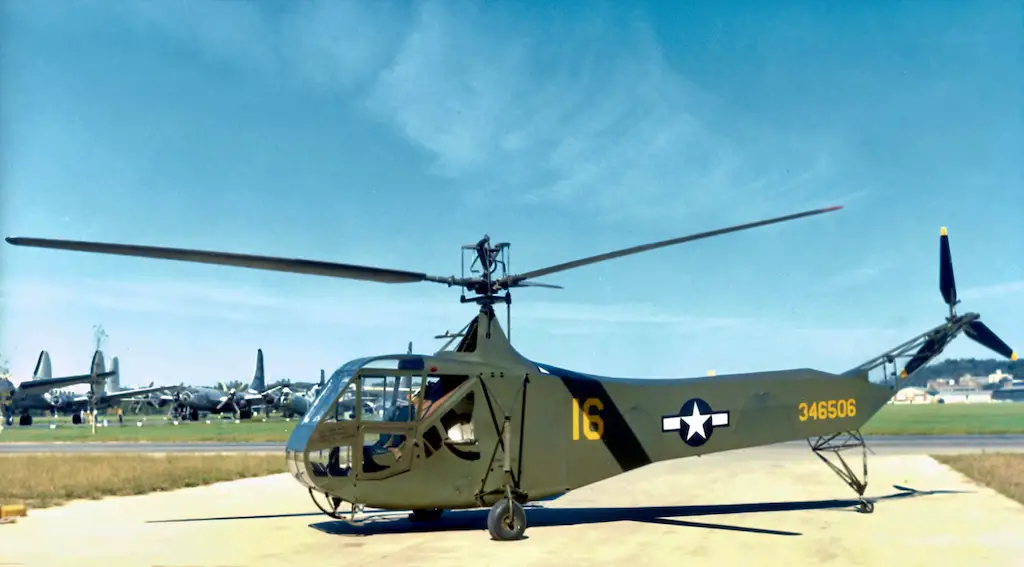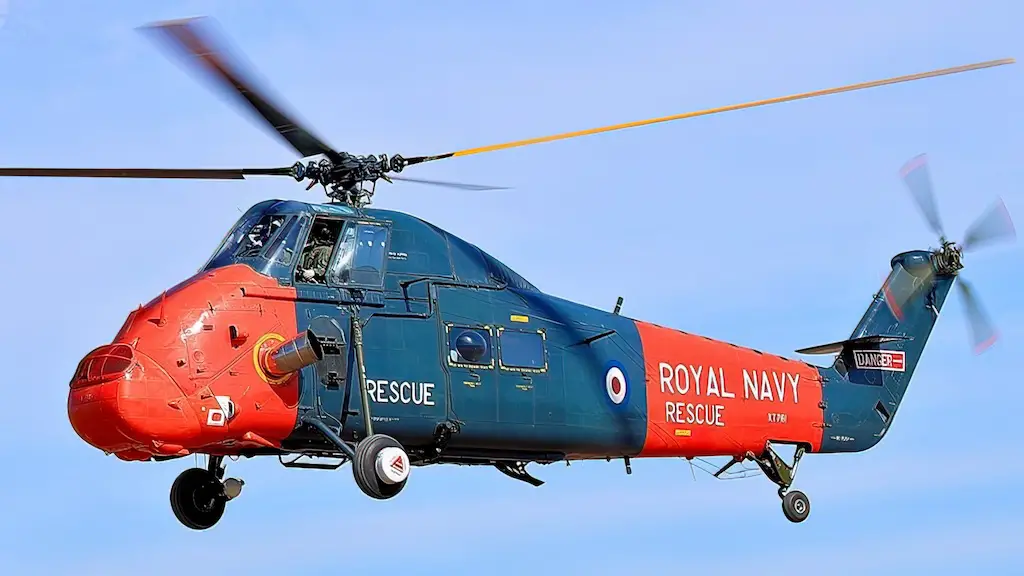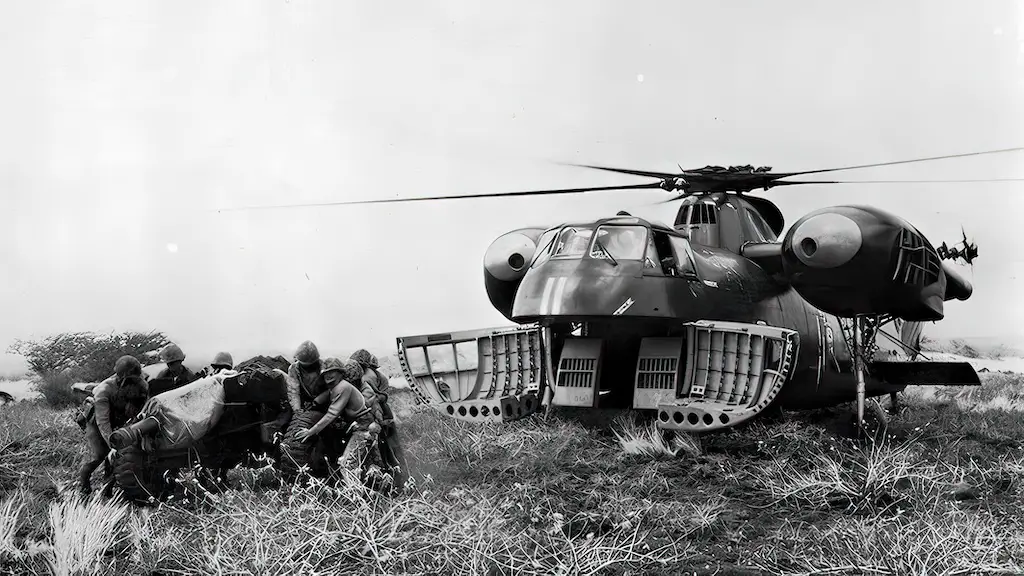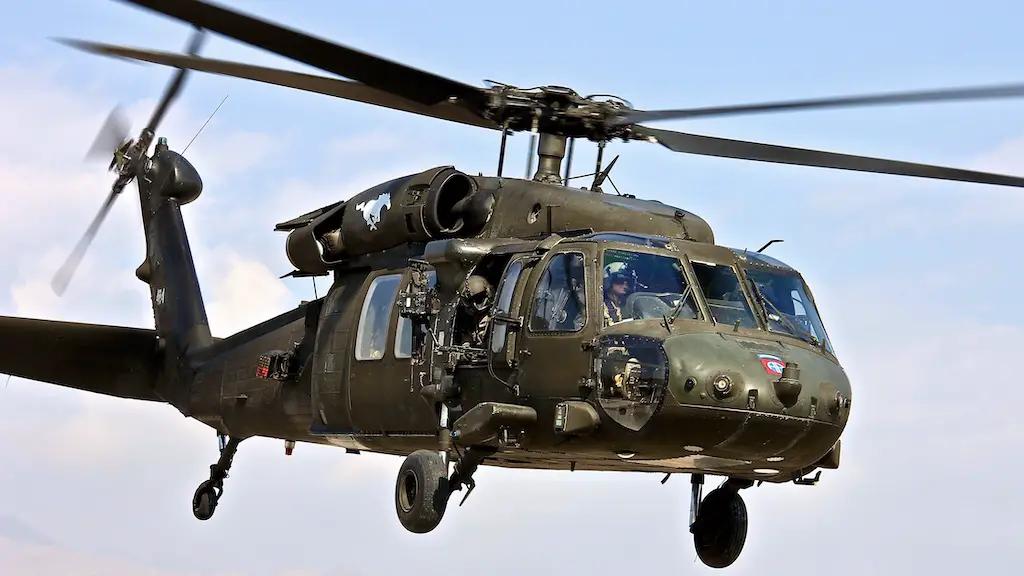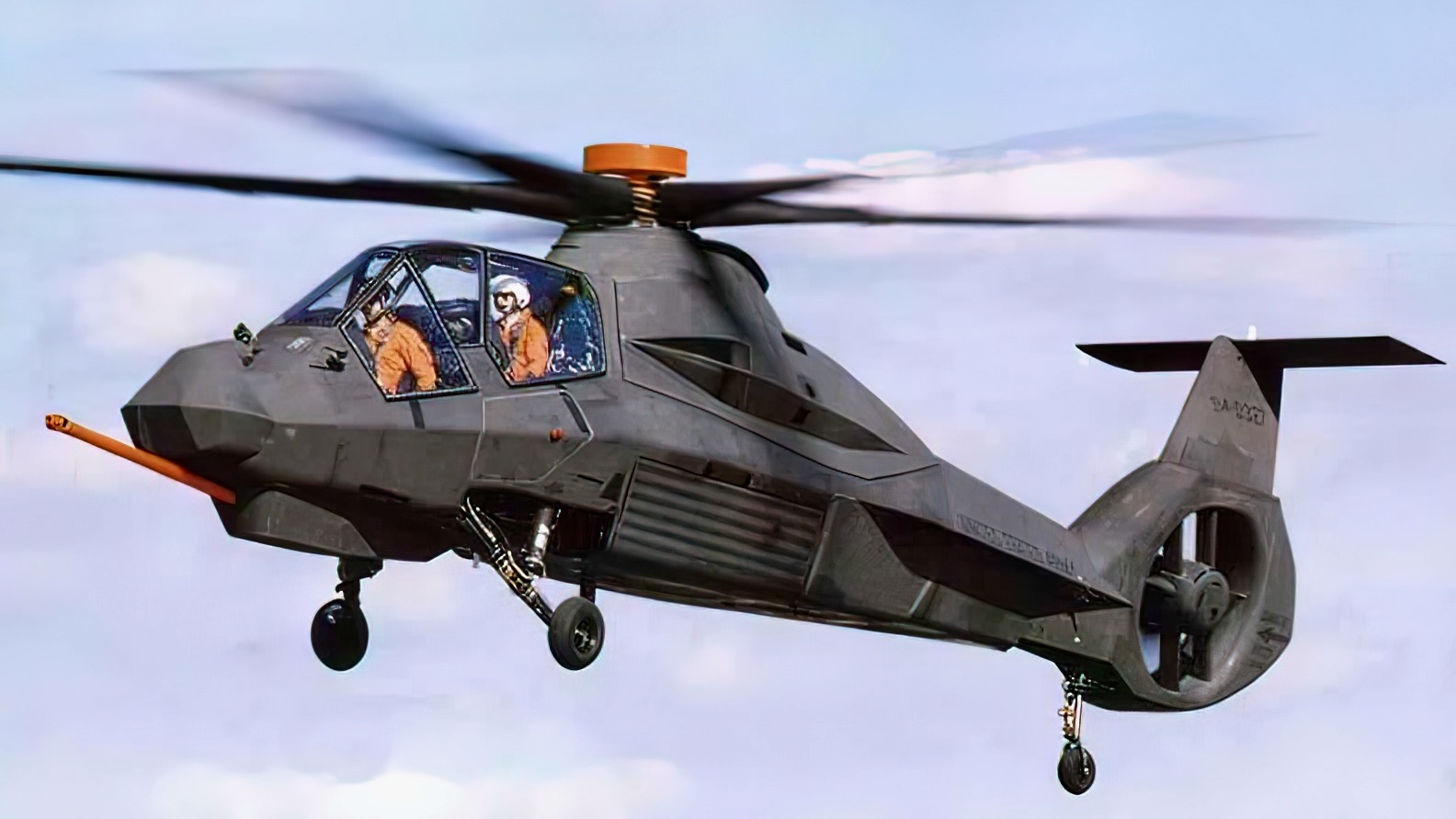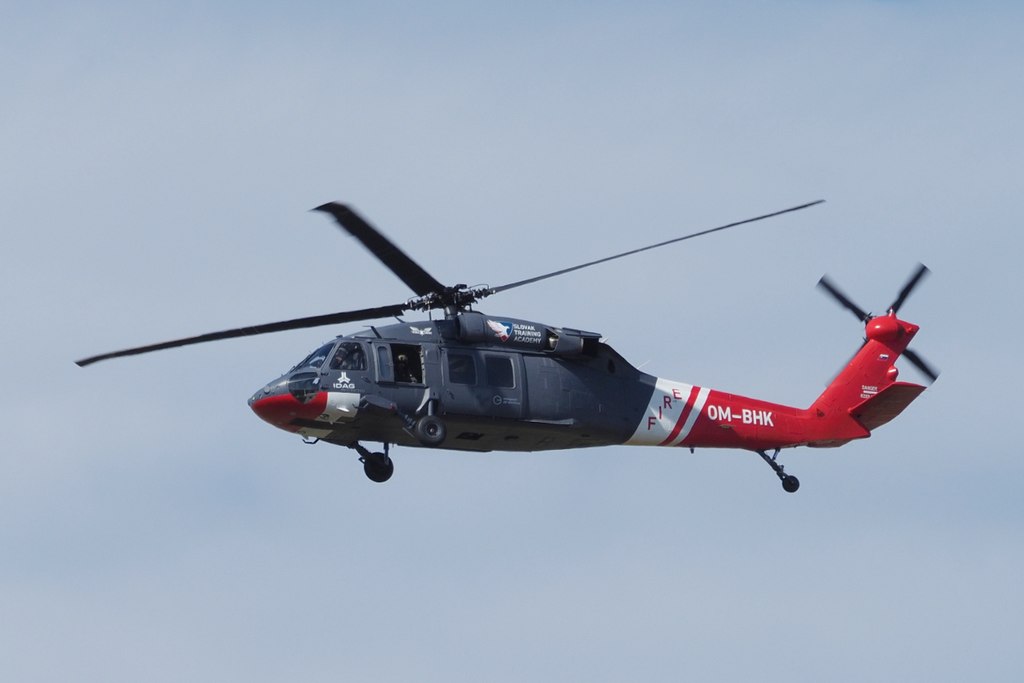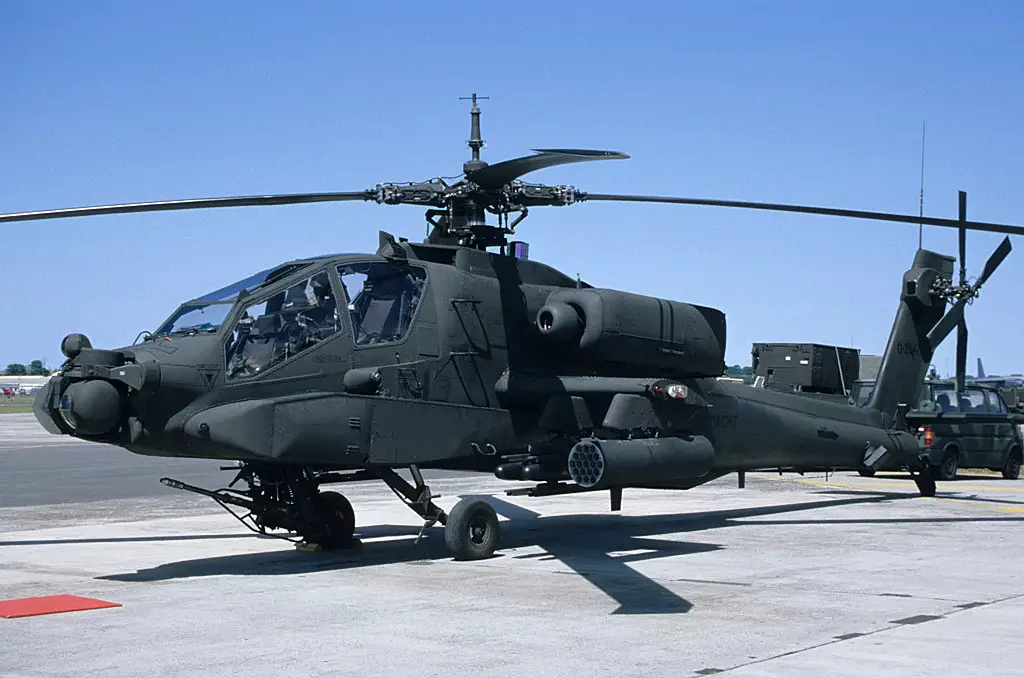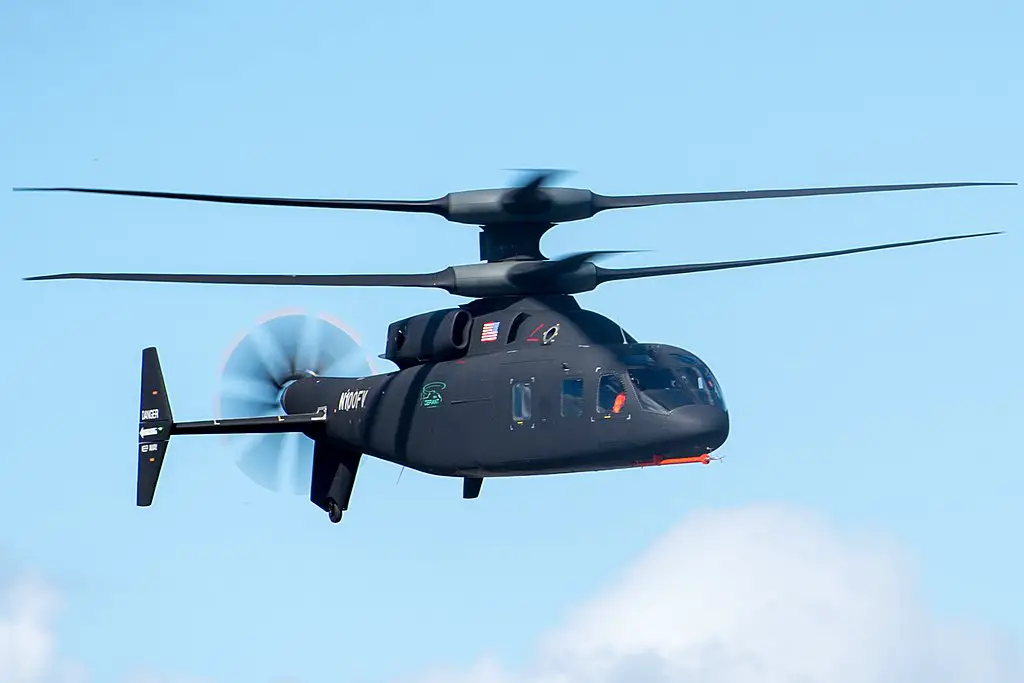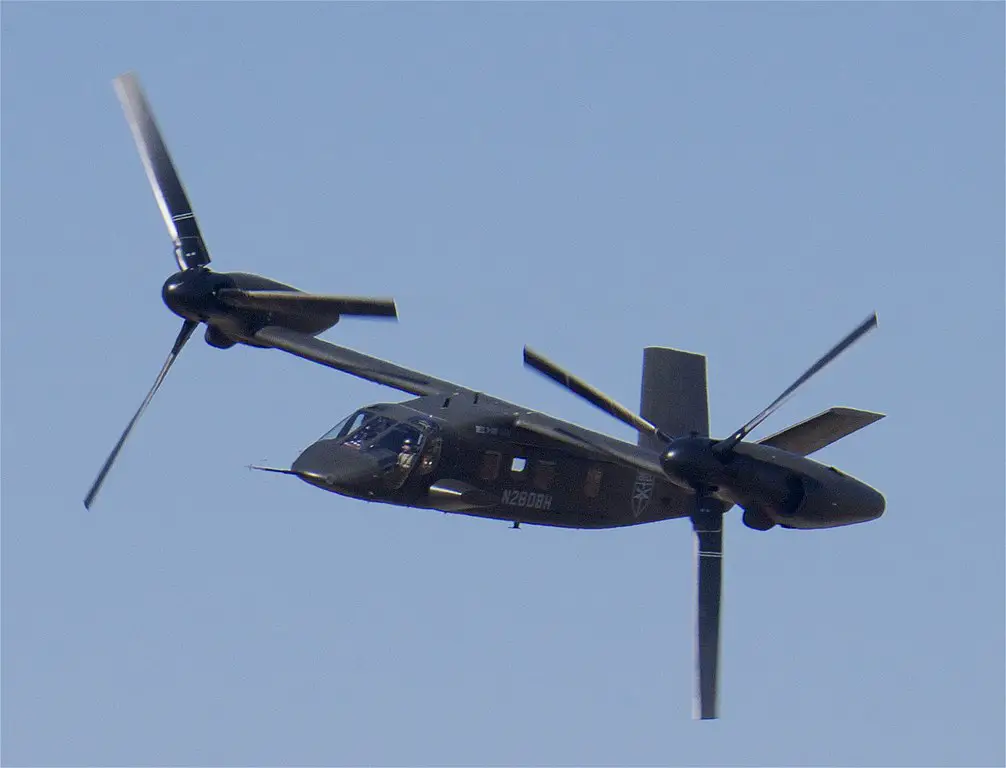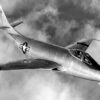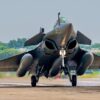Military expectations
Over time, military requirements evolve. Technology is advancing at a rapid pace, and military expectations need to be met. Every weapons system has its counter and given long enough, that counter will certainly be invented and the weapon thus exploited. As a result, a constant stream of development occurs.
To that end, the United States military has been taking into account what new attack helicopter it should purchase. The lead choice has been Sikorsky-Boeing’s Defiant X whose prototype is designated as SB-1 Defiant. It is an attack helicopter with revolutionary air assault capabilities that will define the wars of the future. The company was up against rival defence manufacturer Bell-Textron, which had submitted a new V-280 Valor helicopter.
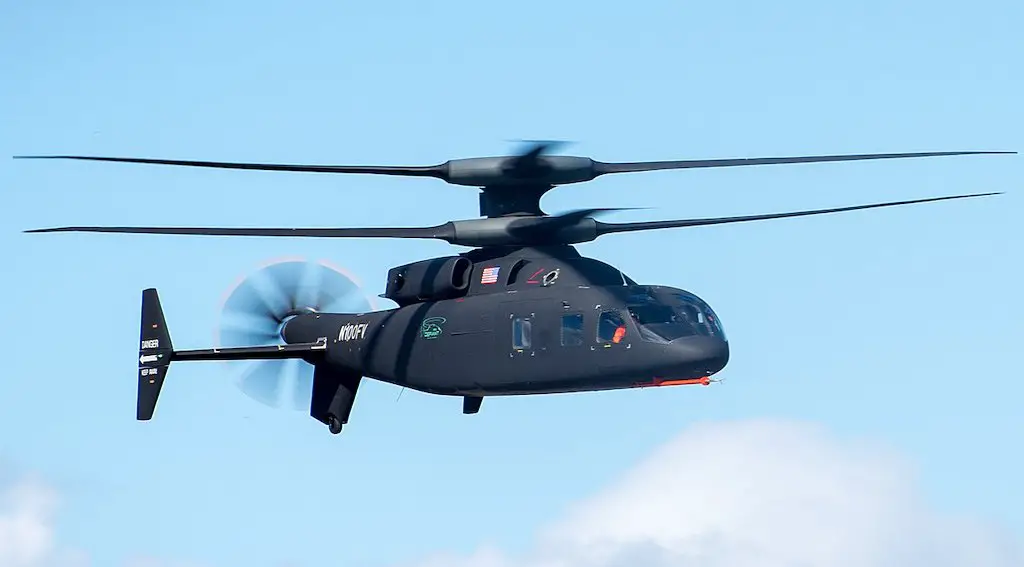
Purpose built
The Defiant X was purposefully designed for the U.S. Army’s Future Long Range Air Assault (FLRAA) competition of 2020, a top modernisation priority, and is set to revolutionise the way the Army meets threats in 2035 and beyond.
The Defiant X has several features the U.S. military has asked for, most notably the speed at which the aircraft can fly. Nevertheless, there are six areas of which the most improvements were made: manoeuvrability, survivability, sustainability, affordability, versatility, and reliability. One company spokesman noted that it will fly twice the distance at twice the speed, a profound improvement over the helicopters currently in use, the Black Hawks and the AH-64 Apache attack aircraft, among others.
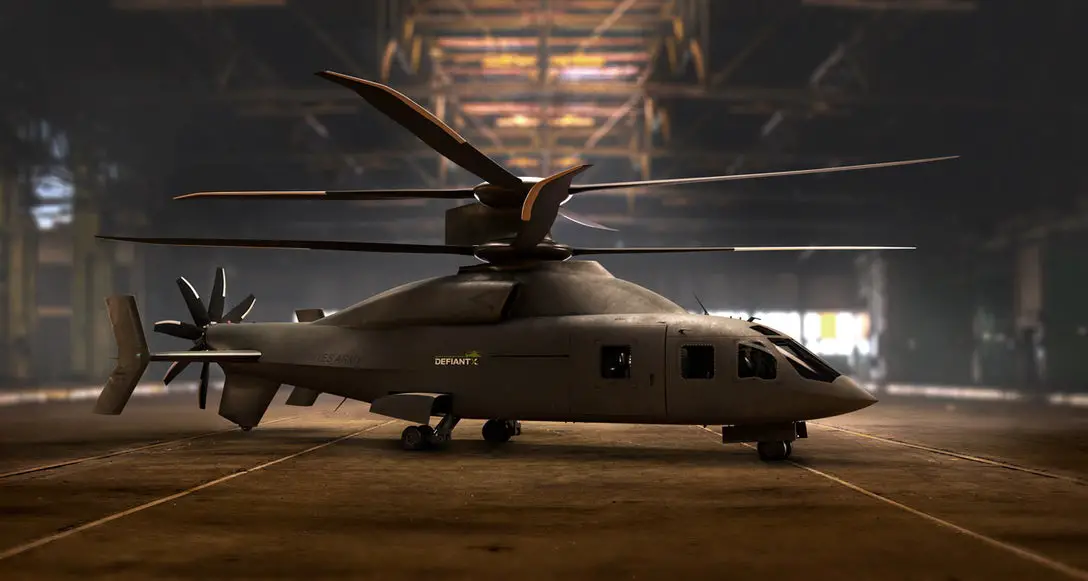
Testing and flight
Company officials have not said just how fast the Defiant X can fly, but has reached 211 knots in straight-and-level flight and 232 knots in a descent. Test pilots put in more than 25 hours in actual tests, and about 1,500 hours in simulation flights.
Another improvement, according to Boeing sales and marketing representative Heather McBryan, is that there are enhancements to the design to help reduce thermal signature and improve the aerodynamic handling. In layman’s terms, that means the helicopter will be easier to manoeuvre.
Sikorsky had designed the Black Hawk, which gave the firm a “leg up” when it came time to design the new aircraft. Designers incorporated all the positive design elements of the old attack helicopter into the new, and added plenty more sought-out features from the military’s “wish list.”
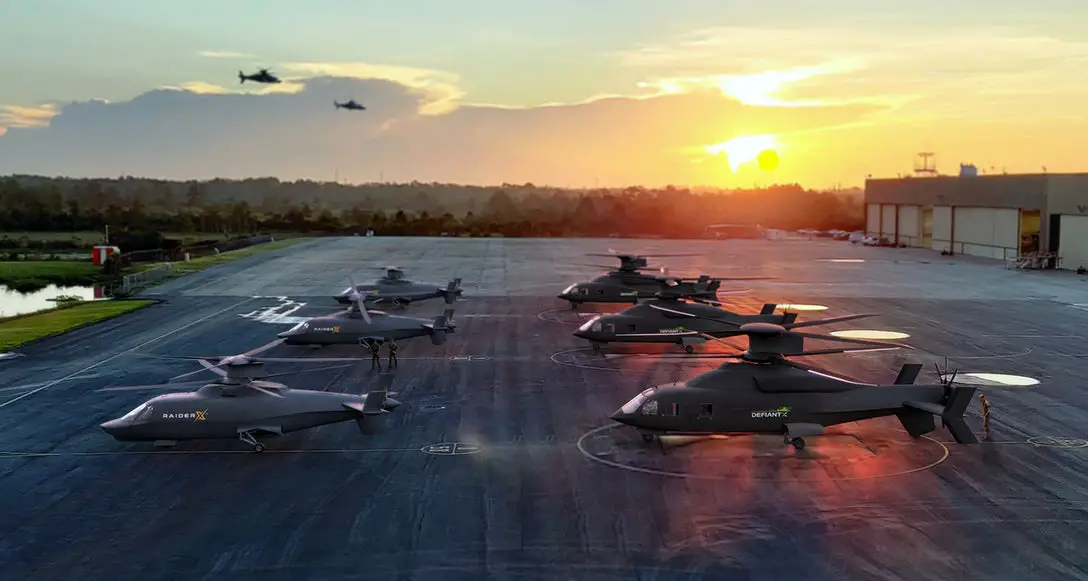
Designed for growth
One of its most crucial features is its ability to last as demand, conflict scenarios, and doctrines change. McBryan had further added in a press release, “This is really designed for growth and so out in the 2030s, as missions change and threats change, there is that growth capability.”
If the Black Hawk’s history is any indication, it seems likely that the United States military will opt to replace these venerable machines with the new Defiant X, although no clear statement has yet been made by those responsible with the final decision making.

